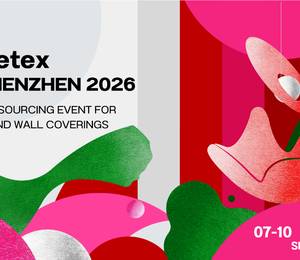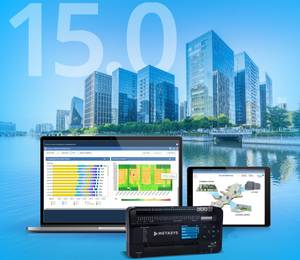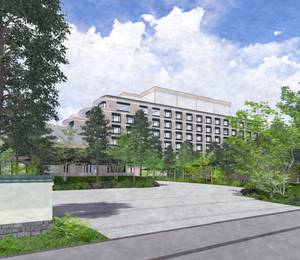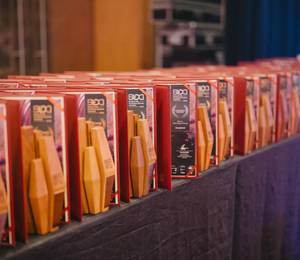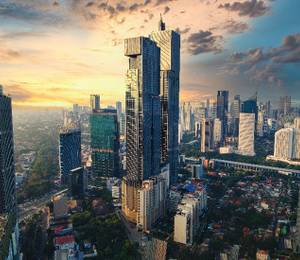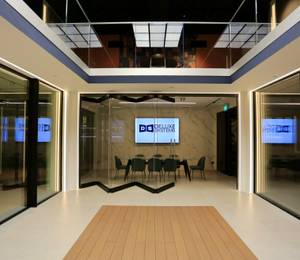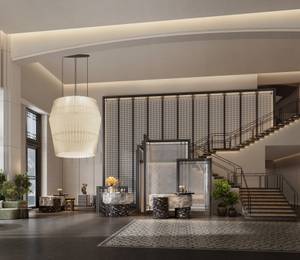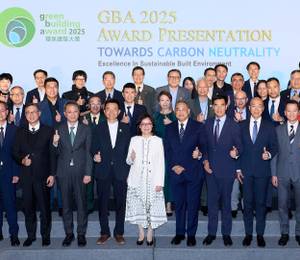The Building and Construction Authority (BCA) has announced updates to the Code on Accessibility in the Built Environment (“Code”), a significant step towards creating a more inclusive Singapore. The enhanced requirements will apply to all new buildings as well as existing buildings undergoing addition and alteration works from 1 November 2025.
A Code Review Committee comprising representatives from social services agencies, industry stakeholders, academic institutions, government agencies and interest groups was formed in September 2023 to review the earlier version of the Code; this led to the development of the Code on Accessibility in the Built Environment 2025 (“Code 2025”). In the review, the Code Review Committee looked to address current gaps and to anticipate the future needs of persons with disabilities, the ageing population, and families with young children.
Minister in the Prime Minister’s Office and Second Minister for Finance and National Development, Ms Indranee Rajah, said, “The update of the Code goes beyond just enhancing our infrastructure—it is about creating a society that enables every individual to participate fully, and move around safely and independently. With improved design standards, our buildings and public spaces will become more accessible not only for persons with disabilities, but also for our seniors and families with young children. A truly inclusive Singapore is not just about building better spaces—it is about building better lives for all Singaporeans.”
The updated requirements mark the sixth revision since the Code’s introduction in 1990, reflecting the evolving needs of Singapore’s population. The Code 2025 introduces significant improvements for the following user groups:
- Wheelchair Users
- Improving barrier-free interconnectivity
- All key building entrances linking to neighbouring buildings, commuter facilities, park connectors, and covered walkways to be wheelchair-accessible
- Priority for shelter to be built for accessible routes
- Enhanced provisions for accessible lifts in buildings
- Larger lift cars to accommodate personal mobility aids
- Enhanced requirements for lift control buttons and mirror surfaces
- Improving barrier-free interconnectivity
- Elderly
- Increased provision of toilet cubicles with grab bars
- Mandatory resting areas at drop-off areas
- Safer ramp designs, with colour bands replacing tactile indicators to minimise tripping
- Families with Young Children
- Increased provision of lactation rooms in large public buildings and workplaces
- Lactation room requirement for educational institutions
- Standardised specifications for lactation rooms, with minimum size requirements and essential fittings such as electrical sockets for breast pumps
- Persons with Visual Impairment
- Standardised tactile ground surface indicators at stairs to aid navigation
- Persons who are Hard of Hearing
- Enhanced signage for hearing enhancement system (HES). A HES that operates with telecoil must incorporate the “T” with the symbol of access to inform persons who are hard of hearing to activate their telecoil function.
Ms Judy Wee, Executive Director of the Muscular Dystrophy Association (Singapore), who has served on several Code Review Committees, expressed optimism about the changes. “Through each review of the Code, we have seen tangible improvements in the built environment that enhance the daily lives of persons with disabilities, whether at work or leisure.”
The Code was also streamlined and reorganised to be more reader-friendly for built environment industry stakeholders. The updated Code includes anthropometric information on wheelchair users and other persons with disabilities. This provides a clearer visualisation of the physical and spatial requirements for different users, enabling architects and designers to make more informed decisions when planning accessible spaces.
“REDAS appreciates the opportunity to be part of the Code Review Committee alongside the various stakeholders representing different interest groups. Through the numerous engagements, we have been able to better understand and contribute ideas to improve the provisions within the Code,” Mr Jeffrey Wong, a member of the Real Estate Developers’ Association of Singapore (REDAS) shared. “In addressing constraints faced by building owners and developers, we are glad that the enhanced Code has a renewed focus on catering to users of all ages and abilities. REDAS is heartened by the progress made on this front and we will continue to play our part in shaping a more inclusive built environment in Singapore.”
The new Code 2025 will take effect from 1 November 2025, which provides a grace period of more than six months for industry professionals to incorporate the updated requirements. The provisions will apply to plans submitted to BCA for regulatory approval from 1 November 2025.
Owners of existing buildings who are keen to voluntarily upgrade their buildings with accessible facilities may consider tapping on BCA’s Accessibility Fund (AF). The AF provides co-funding for a wide range of user-friendly features such as the installation of lactation rooms/pods and wheelchair-accessible lifts. More information on the AF and other BCA initiatives to promote an accessible and inclusive built environment can be found in Annex A of the Code.
The Code 2025 is available on BCA’s website at https://go.gov.sg/bca-coa2025.
